Golden numbers, essentially representing a points threshold, are on the minds of many football fans at this time of year. Football seems to become even more of a numbers game as ‘squeeky bum time’ sets in.
To starve off relegation the magic 40-point mark is often mentioned. For Champions League qualification it’s commonly 70. These numbers are almost viewed as targets which will (almost) guarantee a desired outcome. With the exception of West Ham, who were relegated in 02-03 with 42 points, no team has gone down with 40+. On a rare occasion 70 points has not guaranteed Champions League entry (in 12/13 and 13/14 Everton and Spurs reached 72 points but were only 5th).
The tables below show the performance of the club in three respective positions over the applicable years - 1st, 4th and 17th.

The final relegation spot seems to be a two-horse race between Hull and Swansea, saving a complete Burnley collapse in the last four matches.
Both Hull and Swansea have the nine wins needed on average to survive but really have failed to carve out enough draws so far - Hull are five points off the 38 mark, Swansea are seven. Both clubs have away trips this weekend to Southampton and Manchester United respectively.
If Swansea are defeated at Old Trafford this weekend, it will really seem like they are running out of matches and would need 7 points out of 9 to reach the 38 point average- that's a big ask and is reflected in bookmaker odds, Swansea are 1/2 to go down.
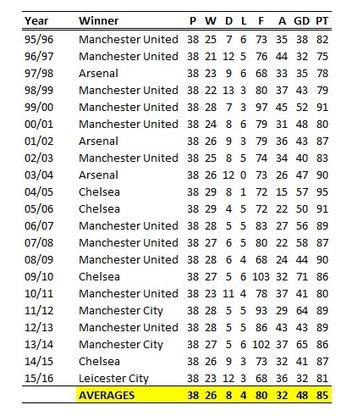
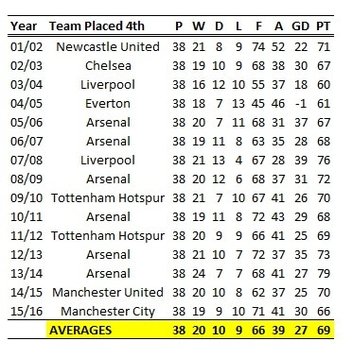
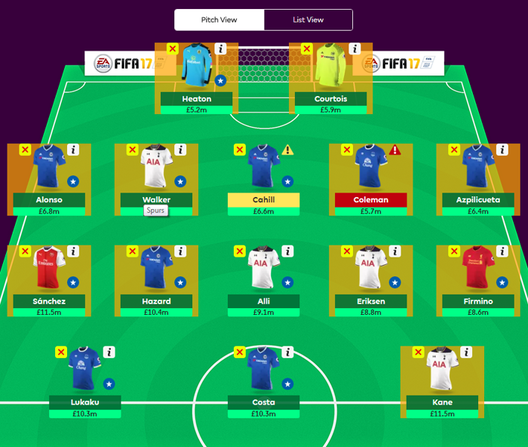
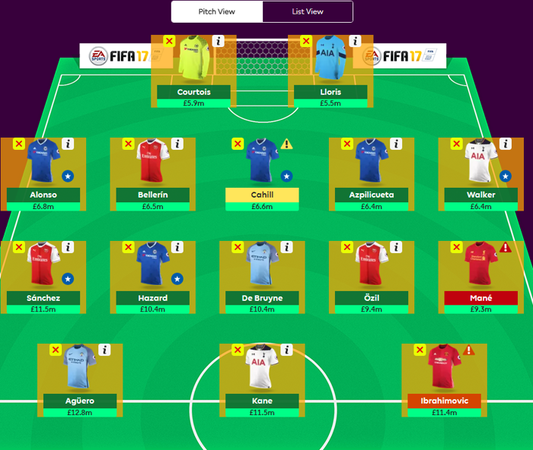
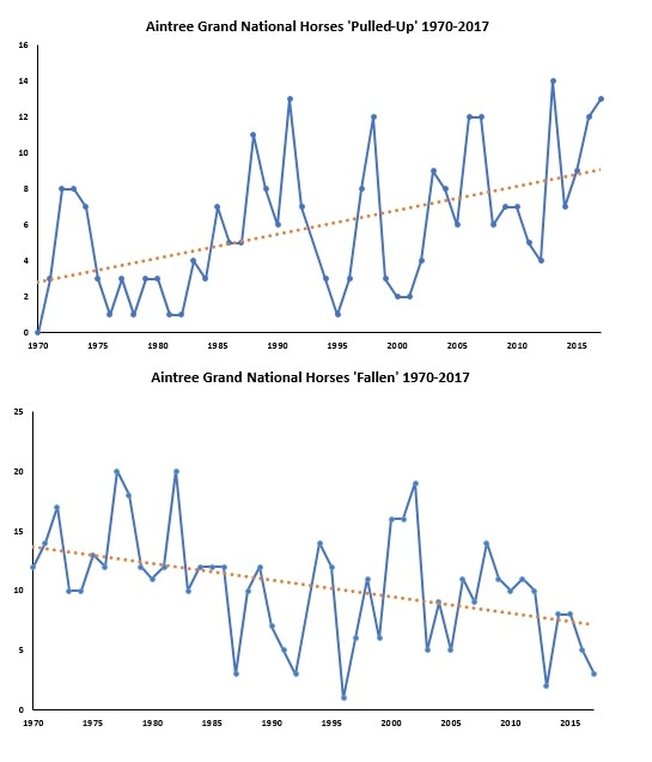
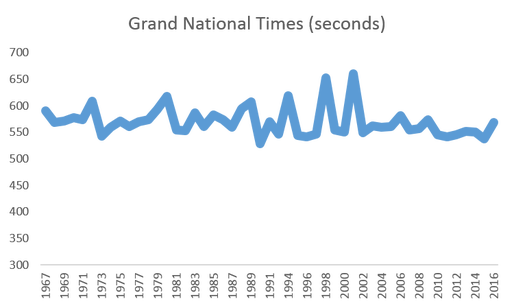
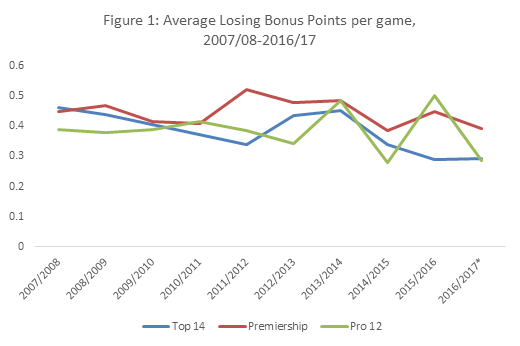

 RSS Feed
RSS Feed